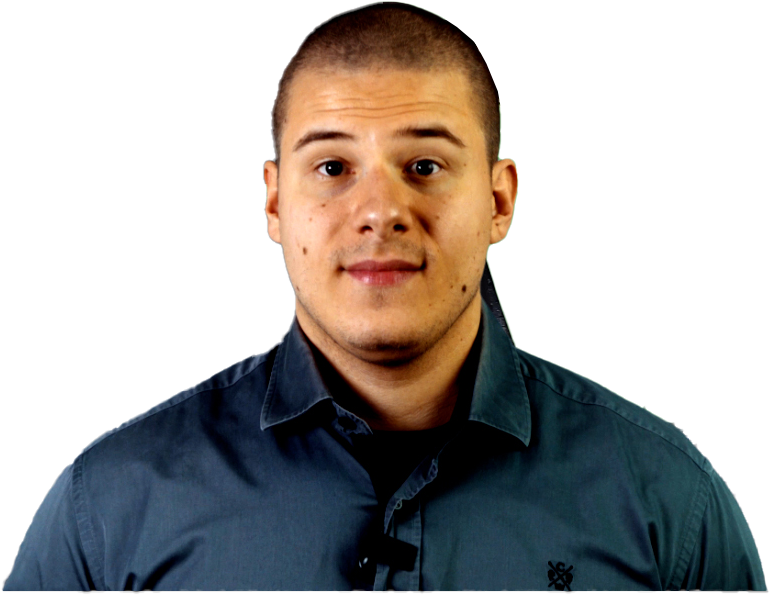Injector Feed Pipes and Cavitation

Fuel Injector Feed Pipes – The Overlooked Service Item
Many people don’t realize that the hard fuel pipes running from the rail to the injectors are actually service items. Over time, they degrade, and neglecting them can lead to issues such as misfires, fuel leaks, or even catastrophic engine failure.
Understanding Injector Feed Pipes and Their Function
Modern fuel injection systems, especially in common rail diesel and direct-injection petrol engines, operate under extremely high pressures—often exceeding 2,000 bar. The injector feed pipes transfer fuel from the fuel rail, which acts as an accumulator, to each injector. Despite their sturdy construction, these pipes wear out over time and must be replaced.
Cavitation – The Hidden Enemy of Fuel Pipes
One of the main causes of injector pipe degradation is cavitation. This occurs when rapid pressure changes cause tiny air bubbles to form in the fuel. When these bubbles collapse, they generate powerful micro-shockwaves that erode metal surfaces over time.
What is Cavitation?
Cavitation is a common issue in mechanical systems, particularly in marine propellers, hydraulic systems, and water pumps. In fuel injection systems, it happens when the pressure fluctuates within the high-pressure fuel rail and injector pipes. The repeated formation and collapse of air bubbles gradually erode the inner surfaces of the pipes, making them thinner and more prone to failure.
Signs of Injector Pipe Degradation
Since cavitation damage occurs internally, it may not be visible until failure happens. However, common symptoms include:
- Fuel leaks from tiny cracks or pinholes in the pipe.
- Rough running or misfires due to restricted fuel flow.
- Metal fatigue fractures from prolonged exposure to high pressures.
Preventing Injector Pipe Degradation
There is nothing that can be done to stop cavitation from occurring inside the fuel system—it's an inherent side effect of high-pressure fuel injection. As a result, injector pipes will wear out over time, no matter how well the engine is maintained.
To prevent unexpected failures:
- Follow manufacturer recommendations for replacing injector pipes.
- Inspect fuel lines regularly for corrosion, leaks, or fatigue fractures.
- Never attempt to re-use old high-pressure fuel pipes unless explicitly allowed.
Injector feed pipes are a critical but often overlooked service item. Regular replacement is necessary to maintain performance, reliability, and safety.

KLAUS NIELSEN
22.5K Followers
At the bleeding edge of tuning and ICE development
OE Engine Calibrator for several large manufacturers
Software Skills: Reverse Engineering - Assembler(IDA Pro - OllyDbg - WinDbg etc)
C/C++ - Pascal - Java - C#/VB.Net - Python - Perl
Experience on PowerPC, x86/64, Motorola, Infineon TriCore etc

